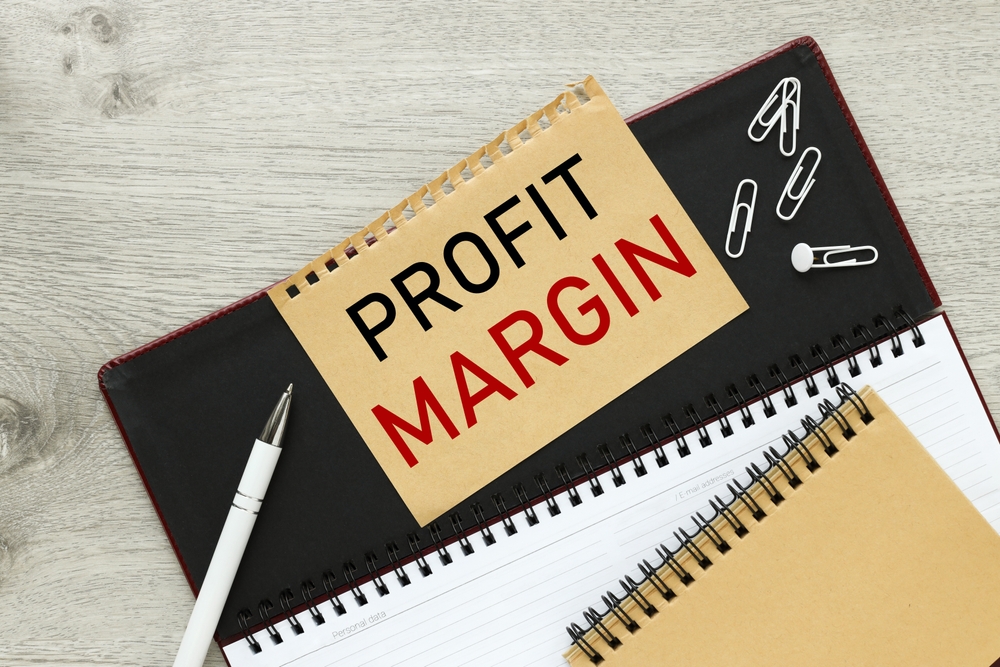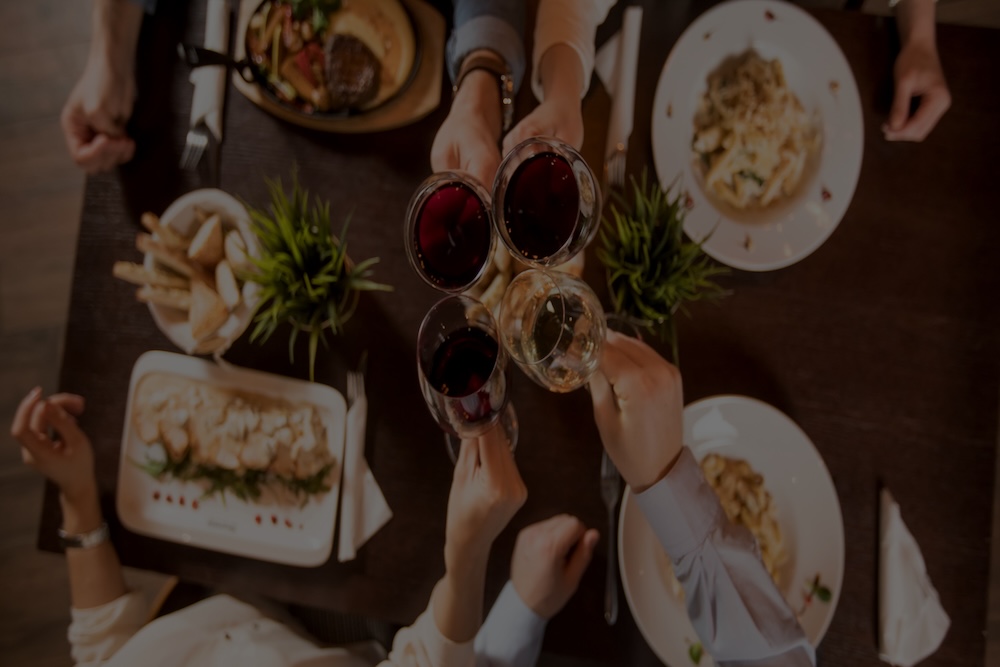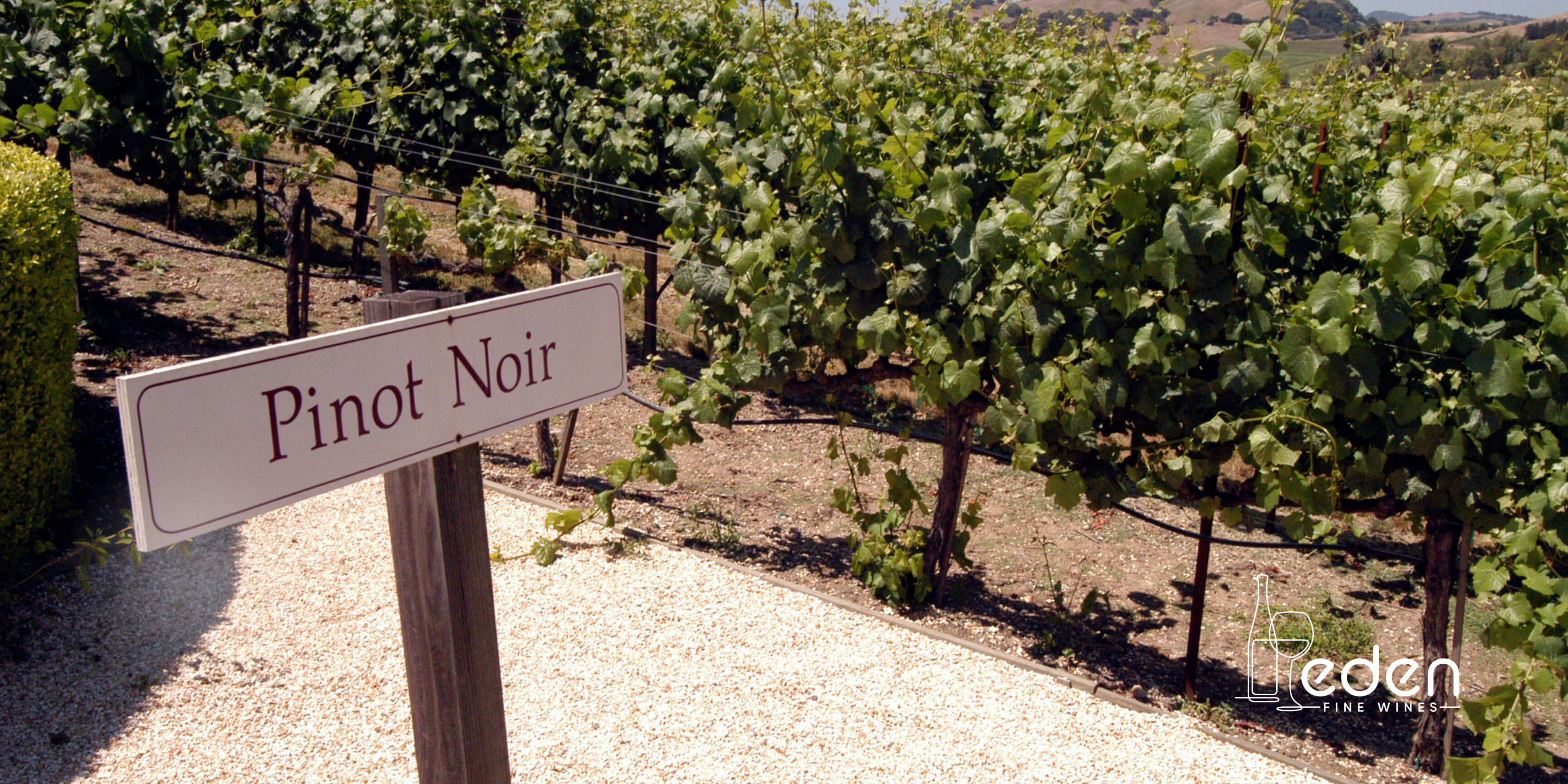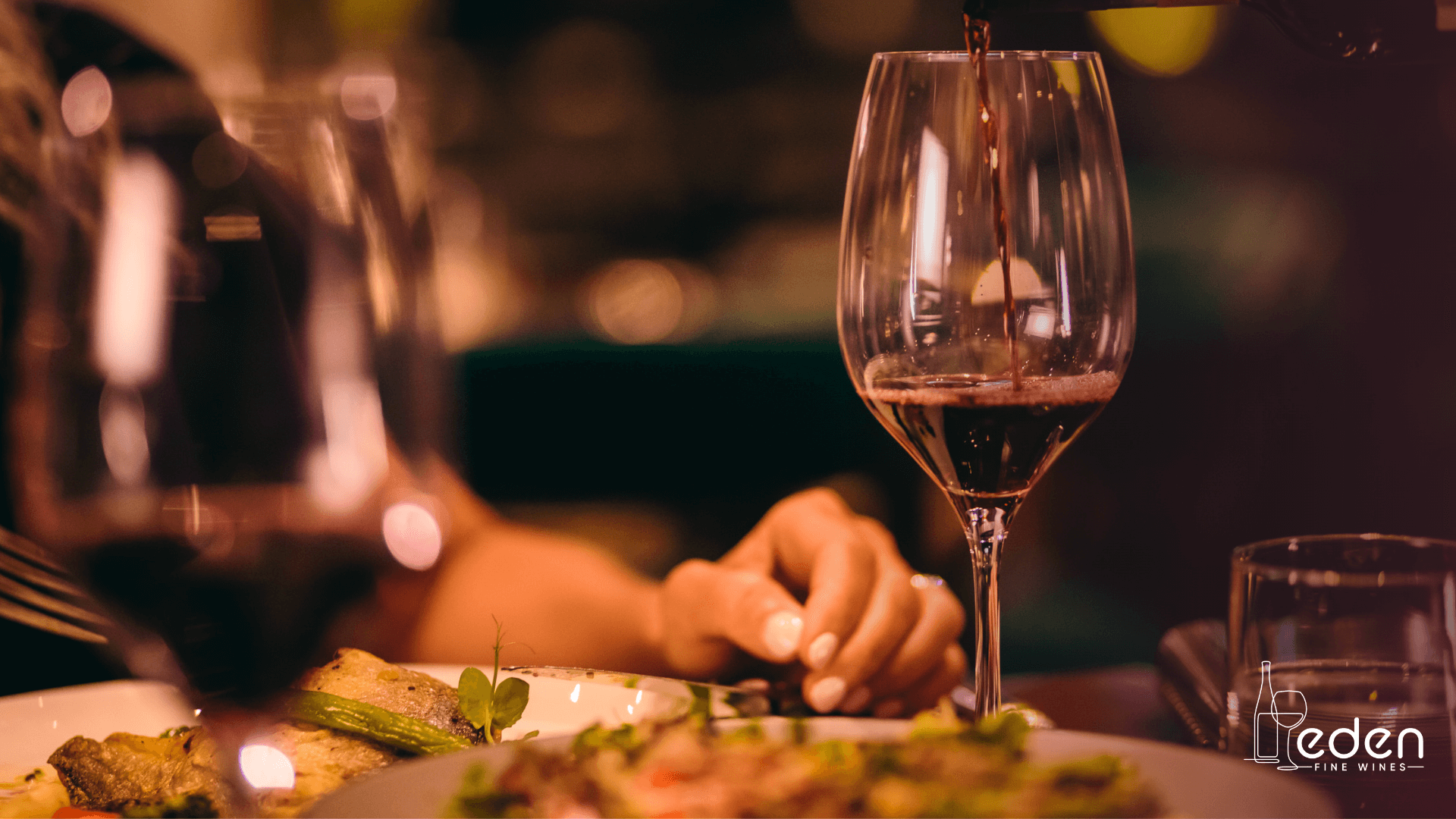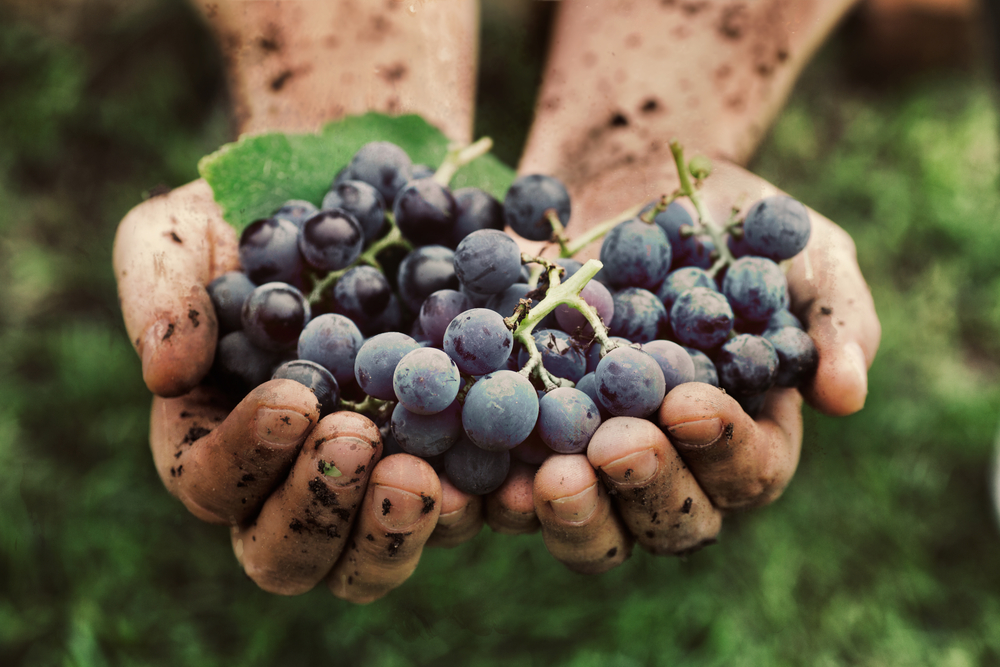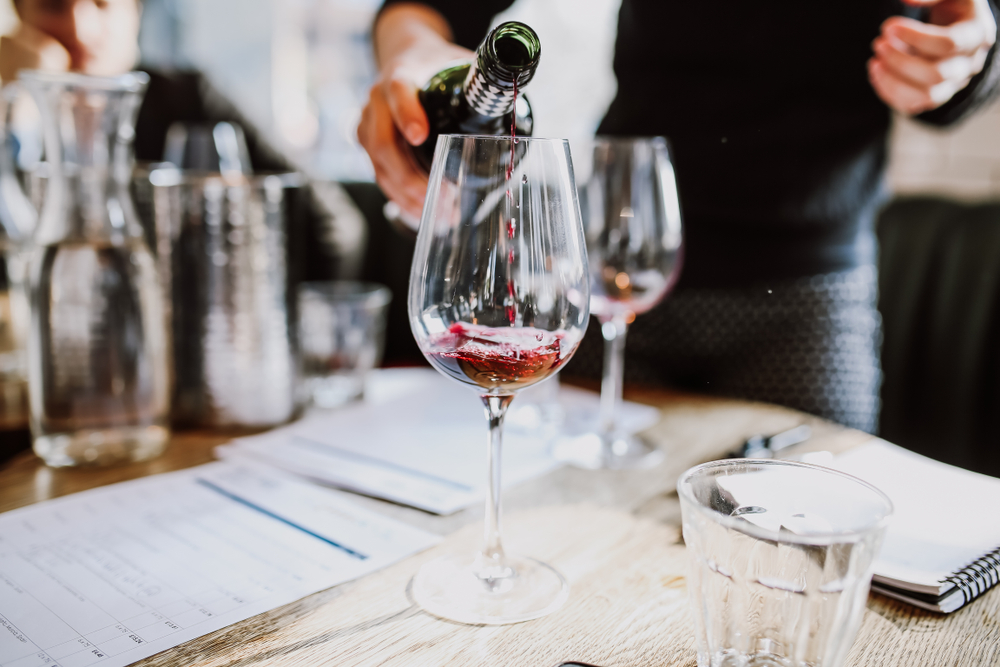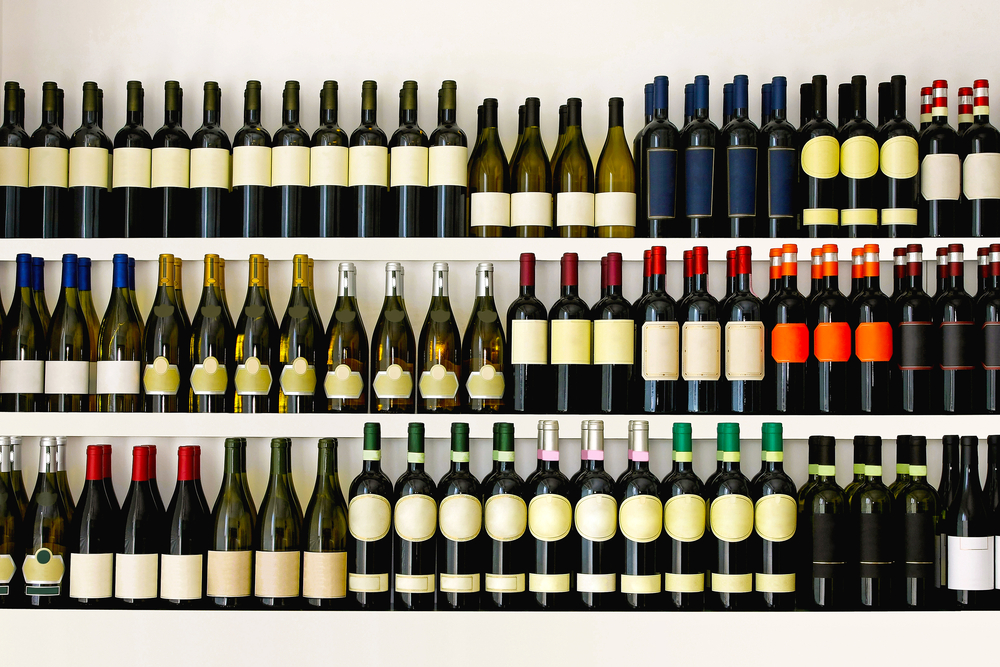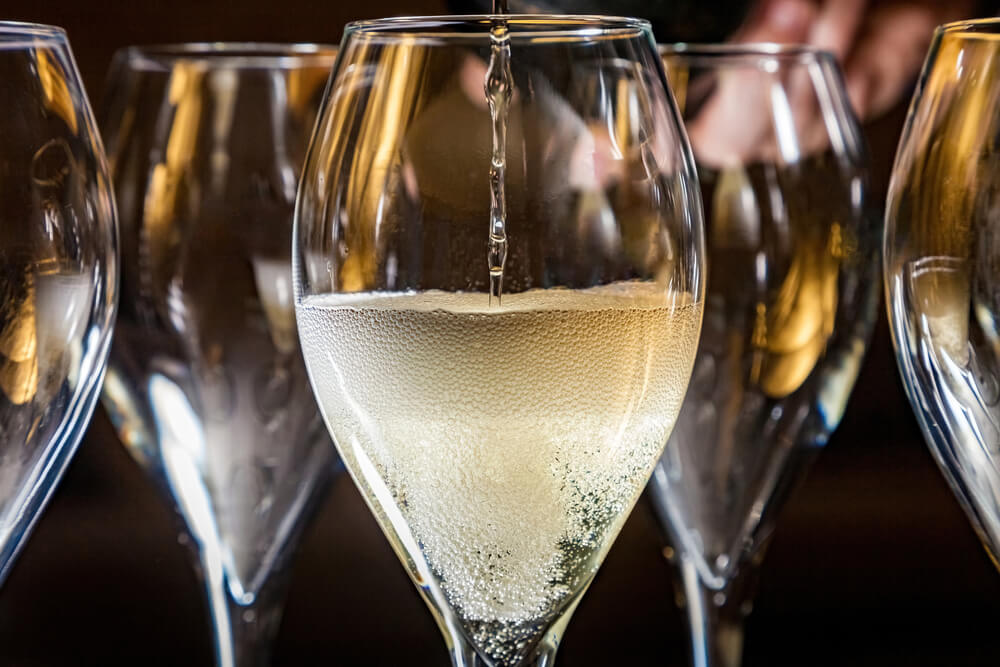If you are running a hospitality business, whilst great product and stellar customer service are imperative, the priority always has to be generating income. It can be difficult to know exactly how to maximise the profit of your wine list whilst ensuring your customers are drinking the best wine.
For decades, the on-trade sector has strived to achieve that magic 70% margin across the wine category (I often hear rumblings of 75-78%). I’m not entirely sure where the origins of this lie, whether it was a company accountant, who never actually ran a bar, sat in an office somewhere or its the result of a sort of chinese whispers amongst other retailers, a figure that has slowly progressed over time, and now sits as the ‘golden’ category target that we all strive for. Wherever that specific figure has come from, there are a number of things to consider when it comes to ‘category margins’.
First of all, what does this term actually mean? Essentially, it means we want to make a 70% margin on every individual bottle of wine sold. Sounds simple enough, right? Well there are a number of variables that play an intrinsic role and need to be considered if you adopt a ‘rigid’ margin approach to running your business.
Firstly, your direct and variable overheads, both as periodic costs and as a percentage of your turnover, will determine the profitability of your business. Seasonality and the effect of ‘peaks and troughs’ will have an impact on your operating costs. Price ‘optimisation’ or ‘equilibrium’ is another factor. In layman’s terms, this is the absolute best price that you can sell each bottle for, without losing sales because the price is too high but maximising the profit on each sale. Equally, you must be cautious not to undersell your wine because it devalues your product offering and creates a negative perception of your wine list. If it’s too cheap, you lose unnecessary amounts of hard-earned cash. It’s important to know your (and your product’s) worth. People will always be happy to spend their money as long as they feel they get great value, so it’s almost worse to be too cheap than too expensive.
So taking this into consideration, if I’m honest, I cannot remember the last time I banked a ‘percentage’, and I am sure I am not the only one. The question is why then, is there this continued battle to hit category margins? The objective of a great bar or restaurant should surely be to optimise overall profitability whilst ensuring the best customer experience so they come back time and again. Let’s look at an example. These days, a decent ‘house tipple’ costs around £5.00 excluding VAT per bottle to buy at wholesale price (a word of advice, never sell a cheap, mediocre wine as your house wine, it represents your brand and sets an example of what you stand for, so it’s always a good idea to sell your second or third wine down the list as the ‘house’ bottle.) You will have also noticed that I put the words ex-VAT in bold above, because it’s important to remember that all margin calculations should be done by taking the VAT off both the cost and the sell price to get a true category percentage figure. To achieve a 70% margin on our £5.00 bottle of wine, it must be sold at around £20.00, which gives us a cash profit of £11.67, which is great. Drinkers are more than happy to pay £20.00 for a decent bottle of wine, so don’t be nervous to start your pricing beyond the £20.00 barrier. So far so good, right?
Now let’s say we put a lovely bottle of Amarone at the bottom of our list and go back to that “golden” 70% figure. A good Amarone costs around £20.00 a bottle (again, ex-VAT), so if we want that 70% margin we have to sell the wine at £80.00 a bottle giving us a £47.00 cash profit. The reality is, that’s suddenly a very expensive bottle of wine, you’re probably not that likely to sell it very easily (and certainly not in large quantities) so it will sit in your cellar gathering dust and throwing a spanner in your cash flow. This is perhaps a slightly extreme example, but you see my point. So what is the solution here?
Again, we have to remember that our role in hospitality is to make sure our customers enjoy themselves, are able to eat and drink affordably in our establishments and are incentivised to come back repeatedly.
If a couple goes out with the intention of drinking one bottle of wine that evening (which is usually the case), then why do we need to make extortive profits on better wine versus entry level wine? It seems to me that it makes more sense to price this wine more affordably and demonstrate ‘value’, that all-magic word. Let’s go back to our delicious bottle of Amarone. If it is on the list for £50.00, which is nice and affordable for a wine of that calibre, the margin has dropped to 52%, sure, but your cash margin is £21.60, your customer is delighted with the value they get for their money, and so you’re likely to sell more, which means more cash in your till. A bird in the hand is worth two in the bush, as they say.
By sensibly and, crucially, flexibly managing margins throughout your wine list, rather than adhering to the strict 70% structure, you are more likely to sell more bottles of better wine. In turn, your customers are not only satisfied, but encouraged to drink much more wine of better value and consequently you make more cash profit. So, don’t worry so much about hitting GP margins across the entire wine list. House wines are important, and account for a large number of sales in most establishments, but to really drive profit it’s worth focussing on increasing the rate of sale on your middle and premium wines so that your customers feel they’re getting more ‘bang for their buck’ and are likely to return.
At Eden Fine Wines, we have worked for years with our clients to focus wine list development with particular consideration paid towards profit maximisation and commercial viability. We would be delighted to help you too, so get in touch and find out how we can drive your business forward.
 Trade Login
Trade Login




